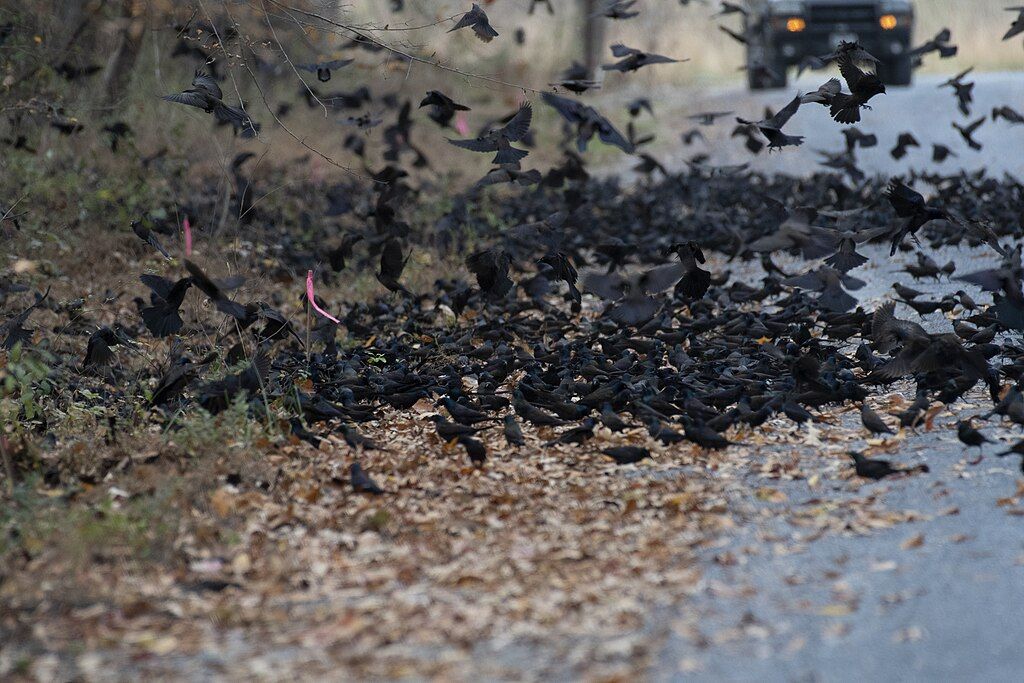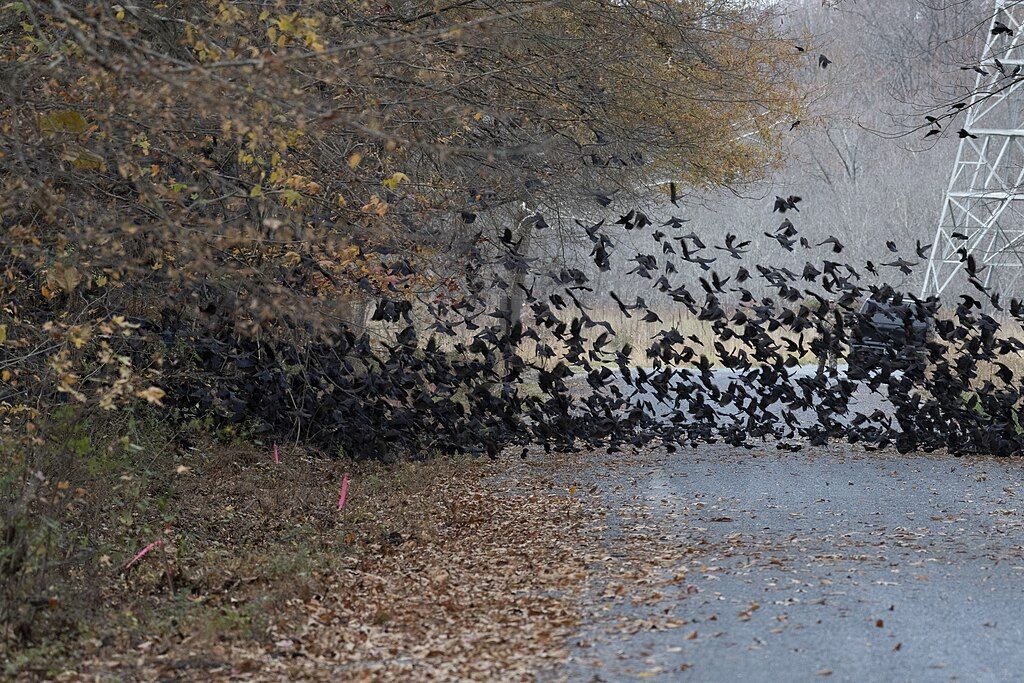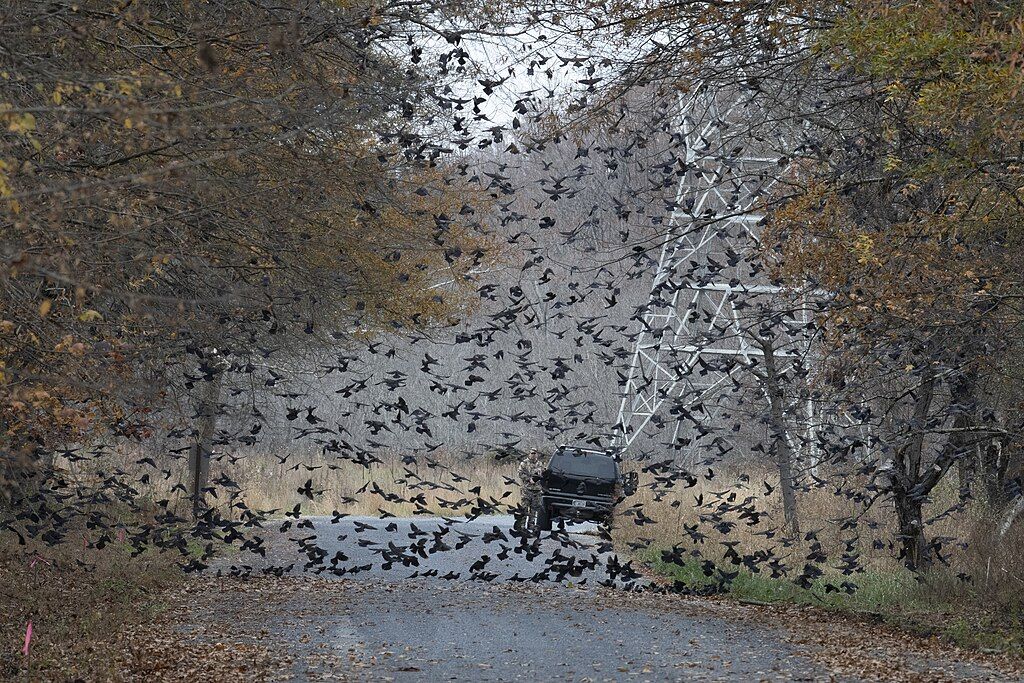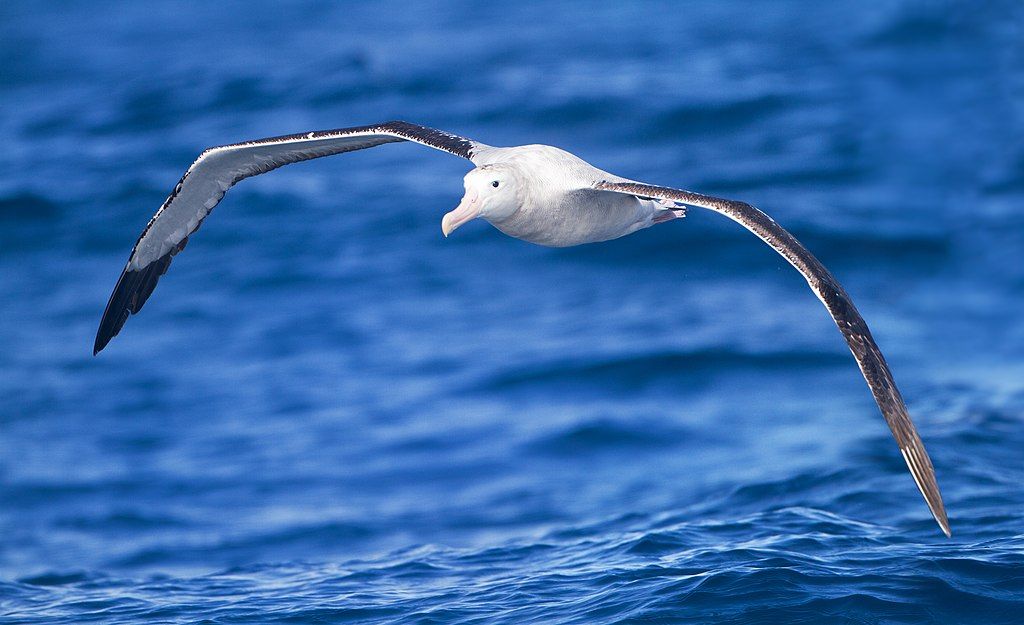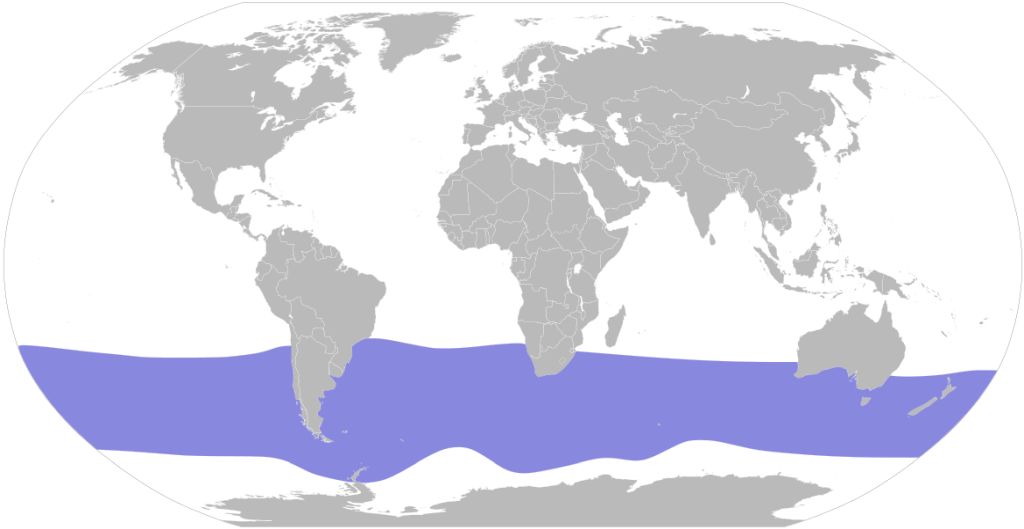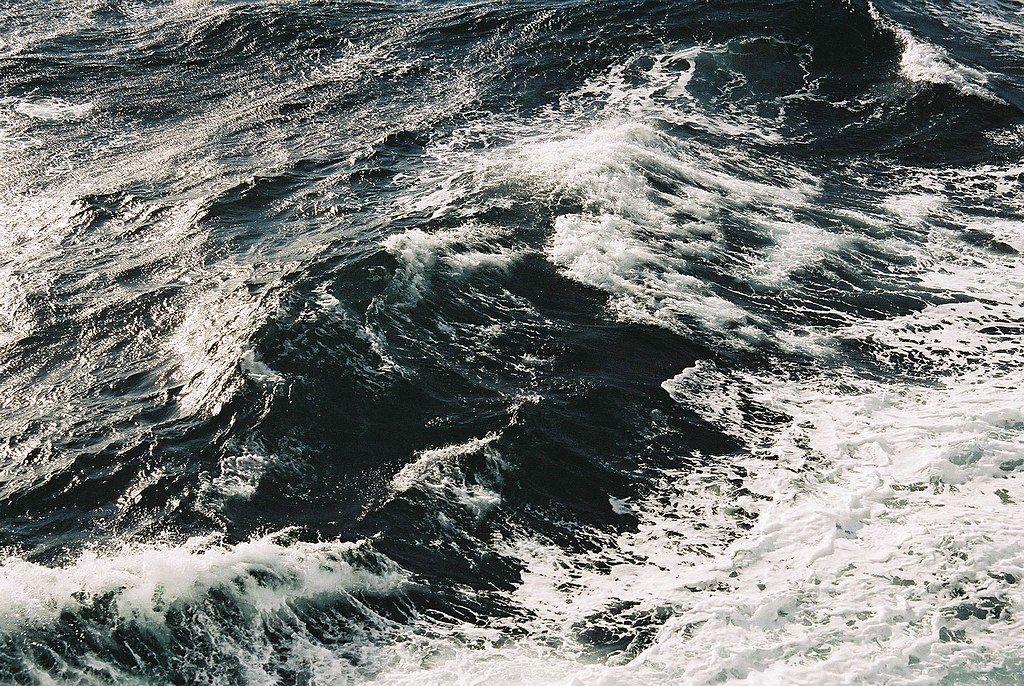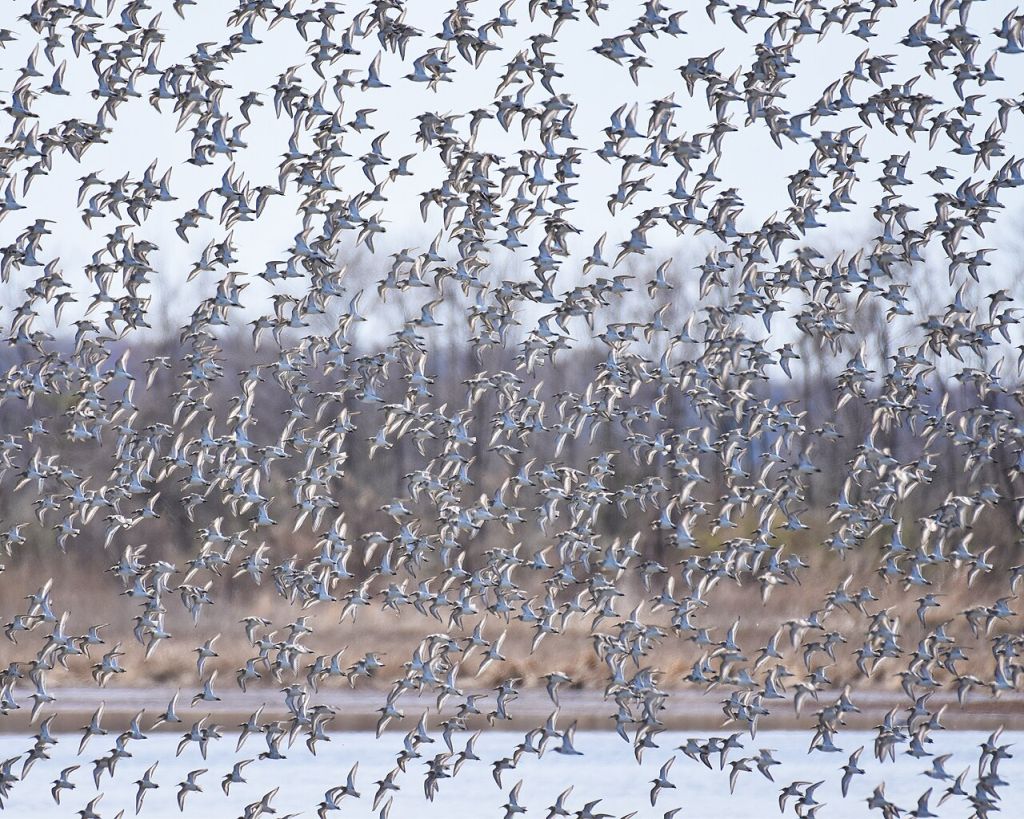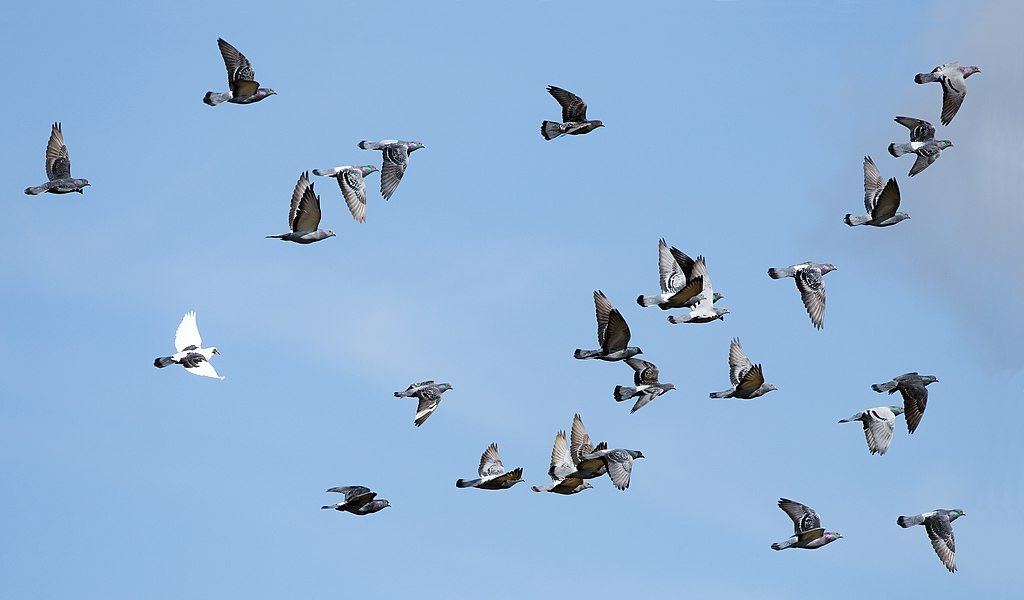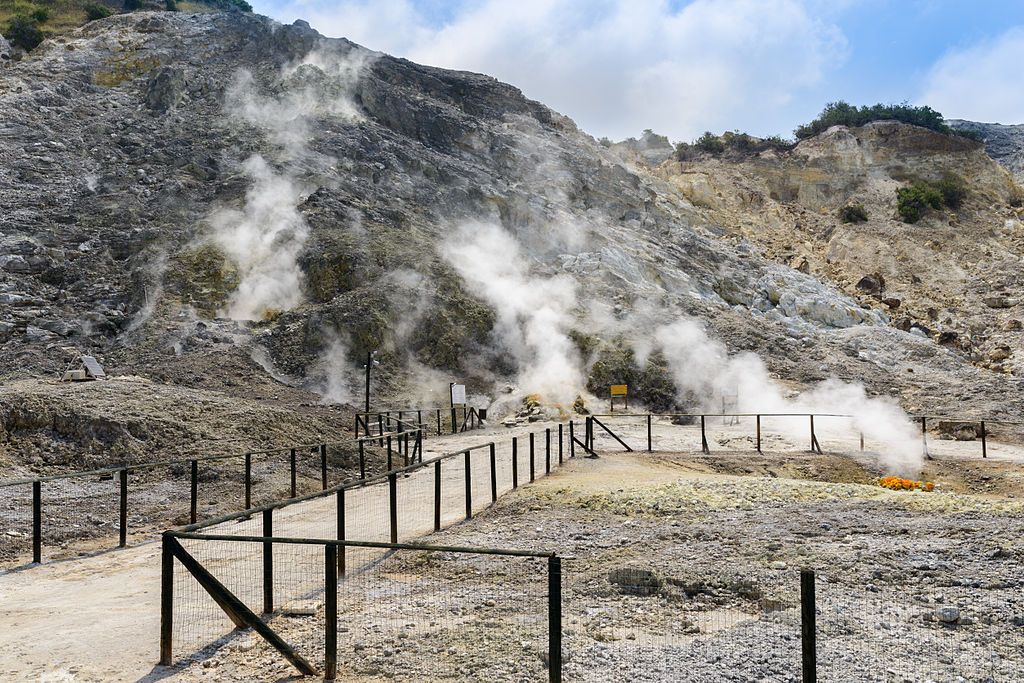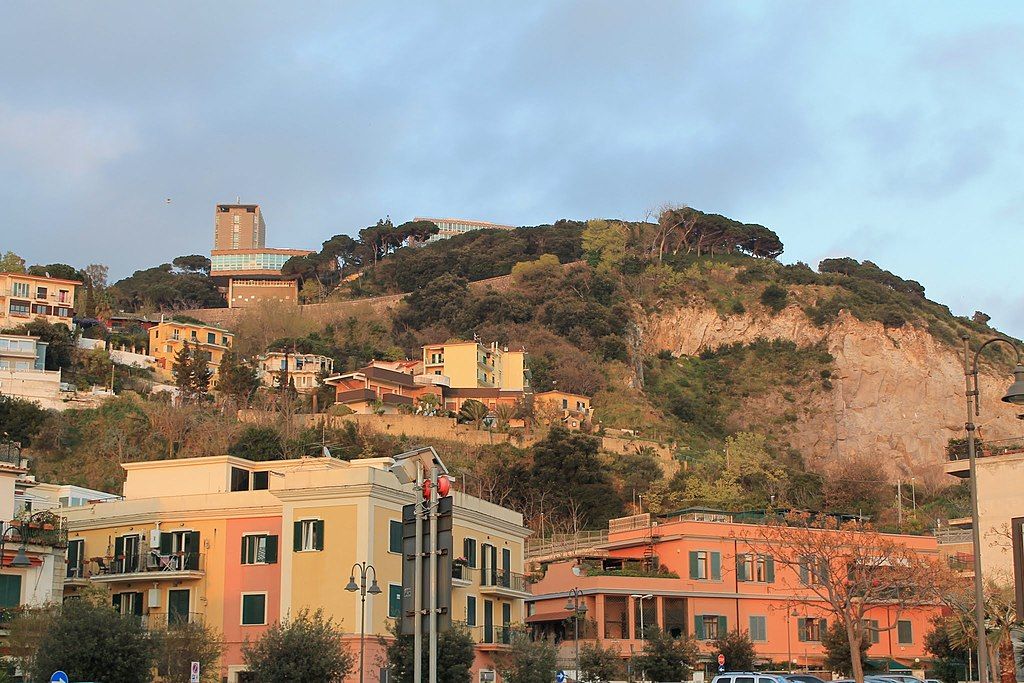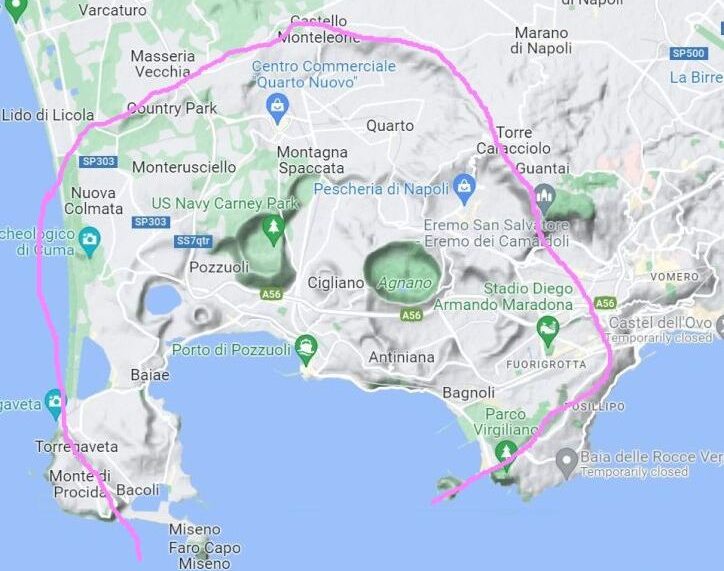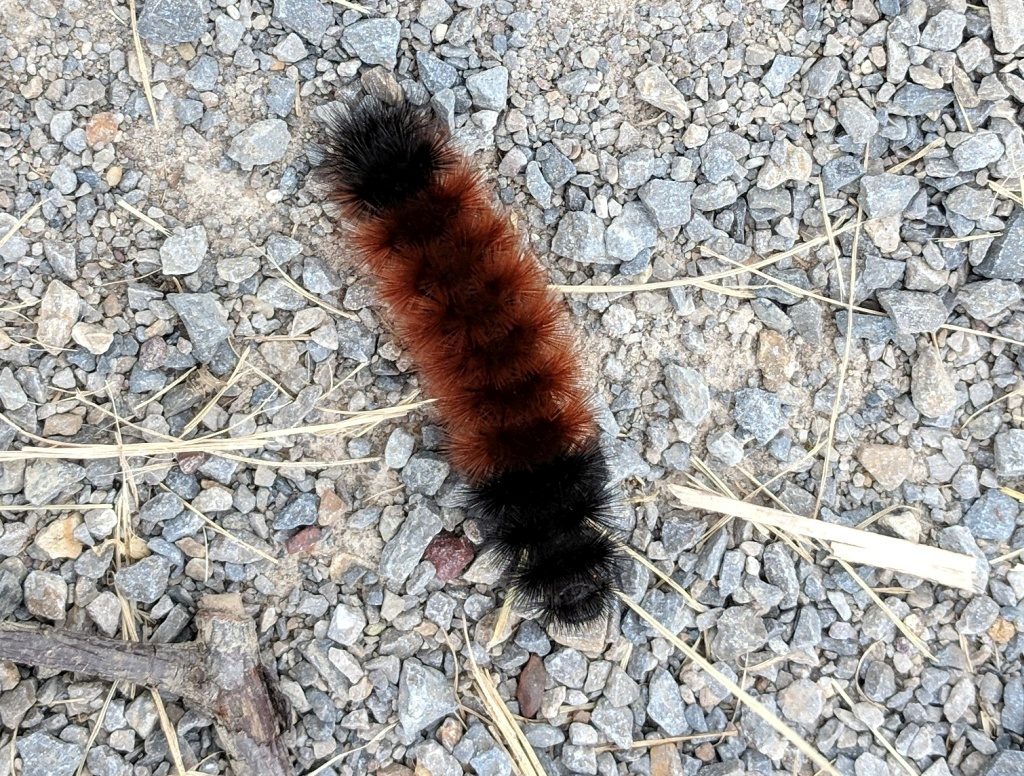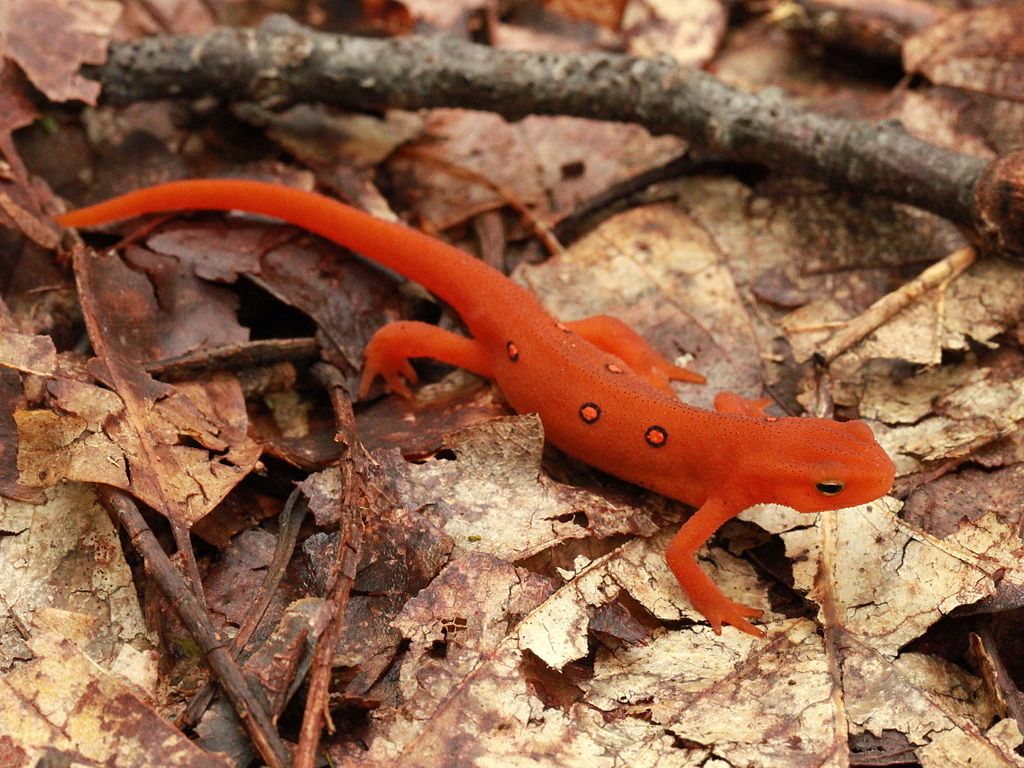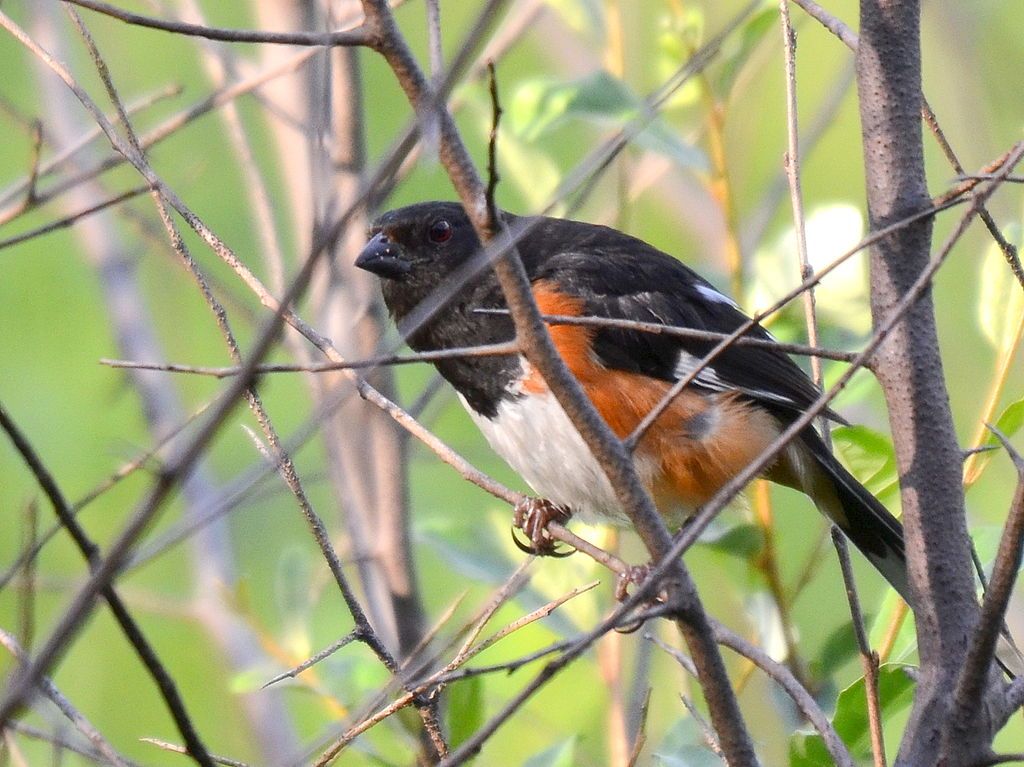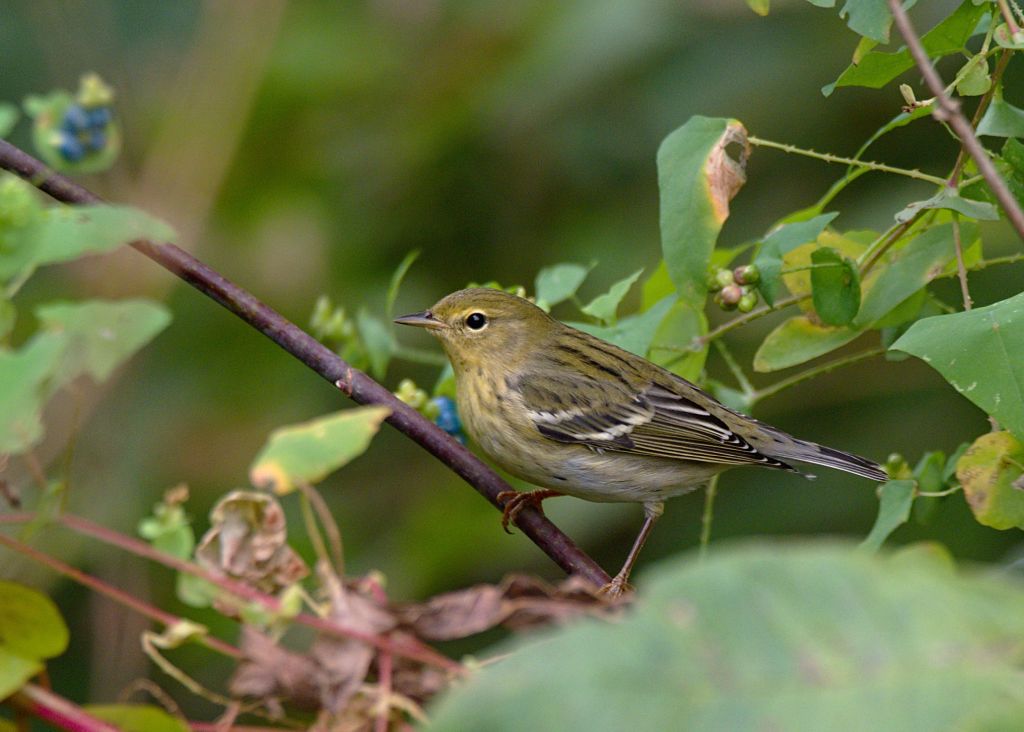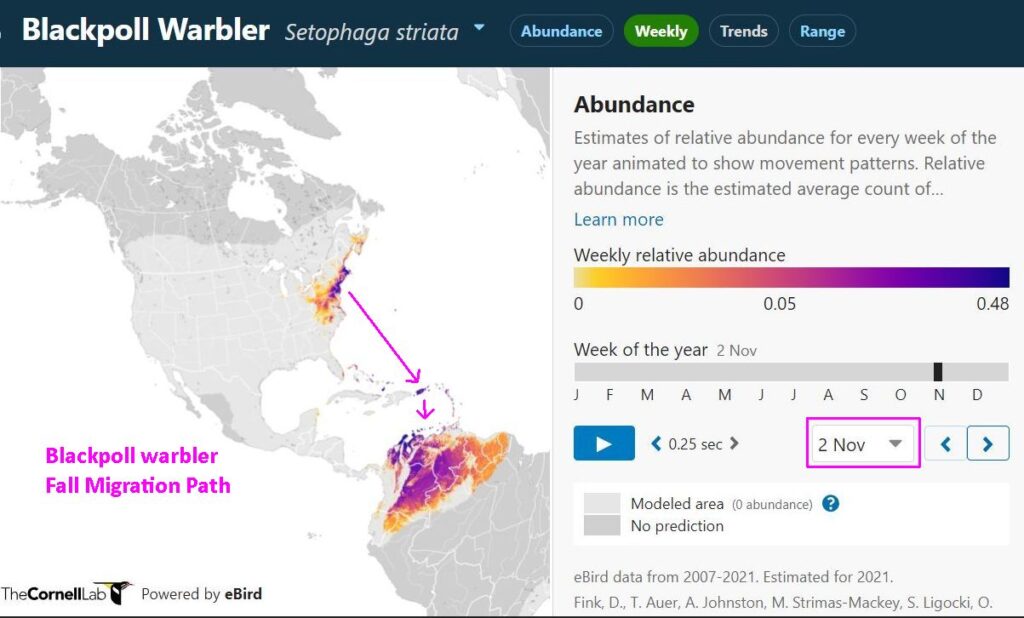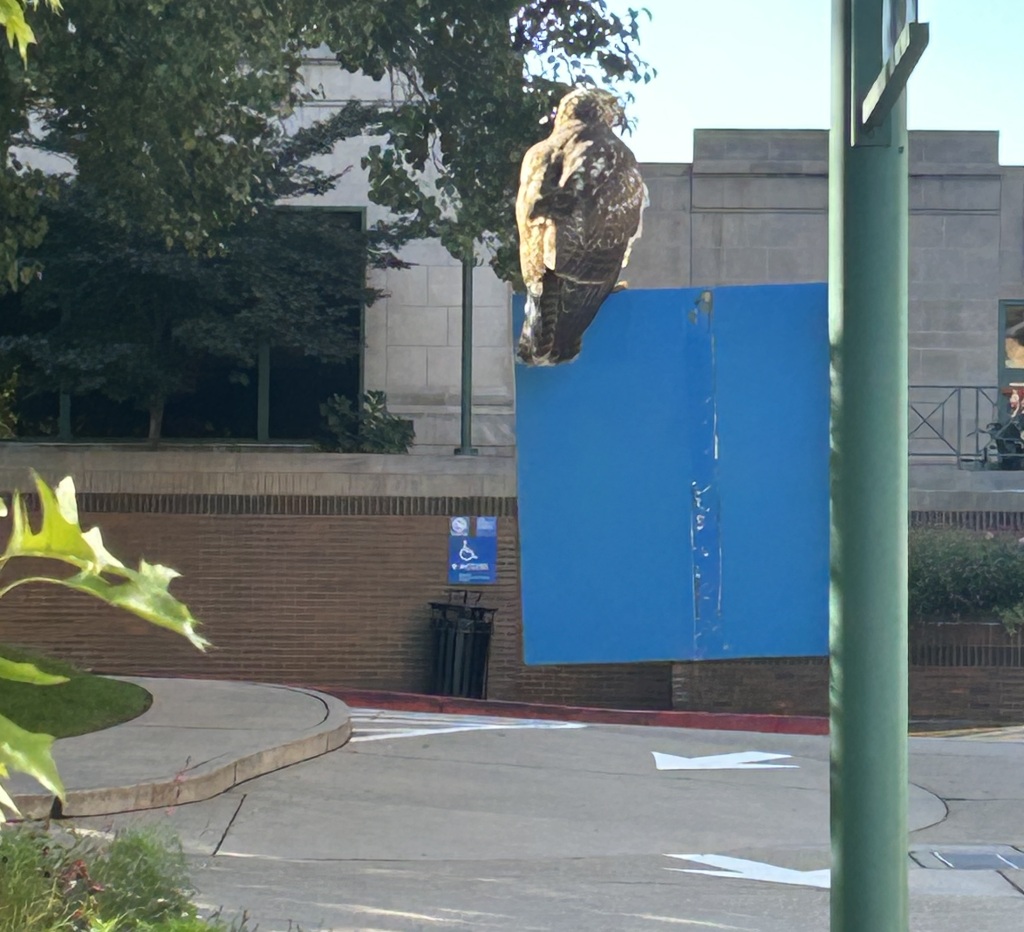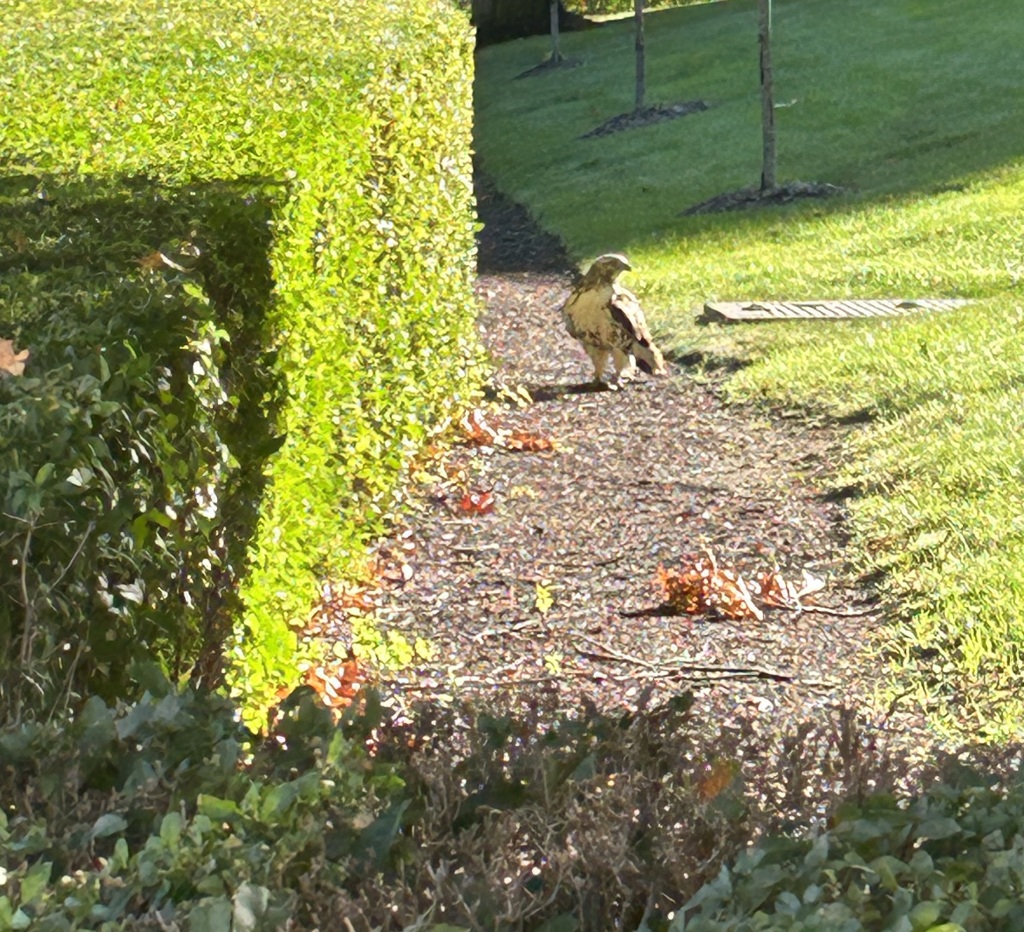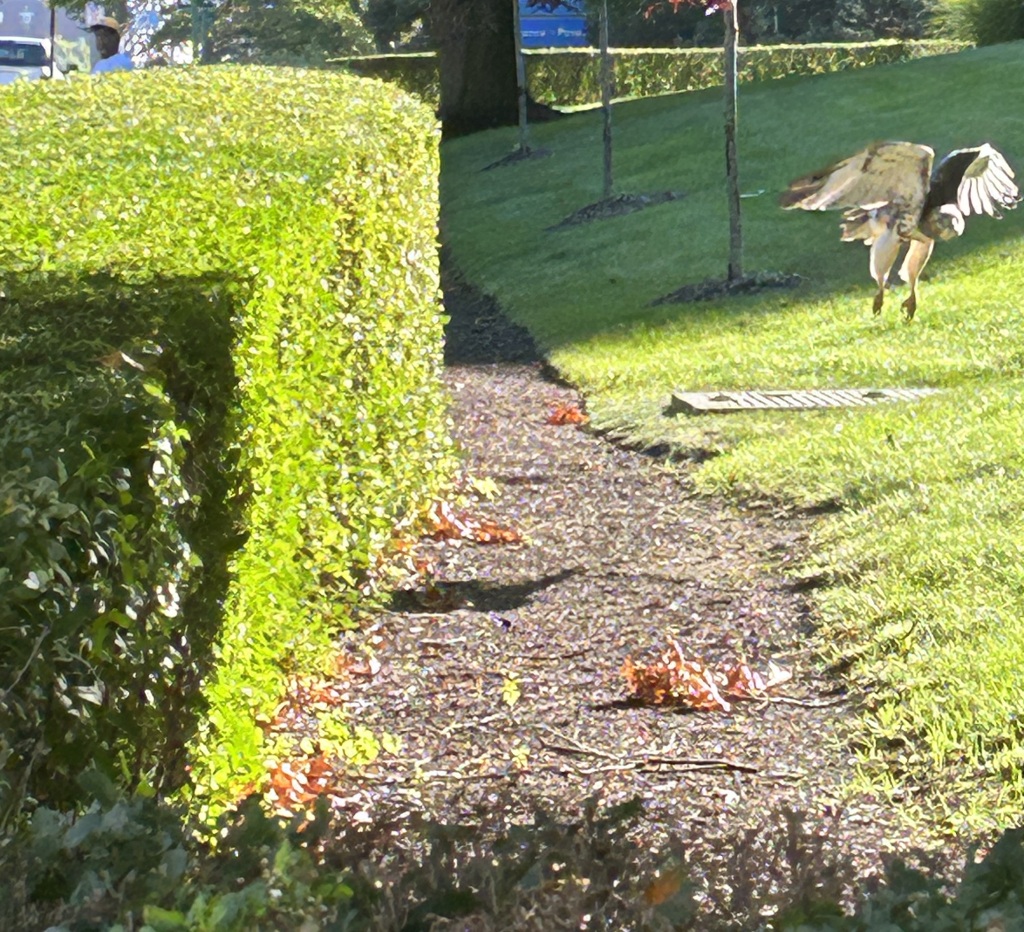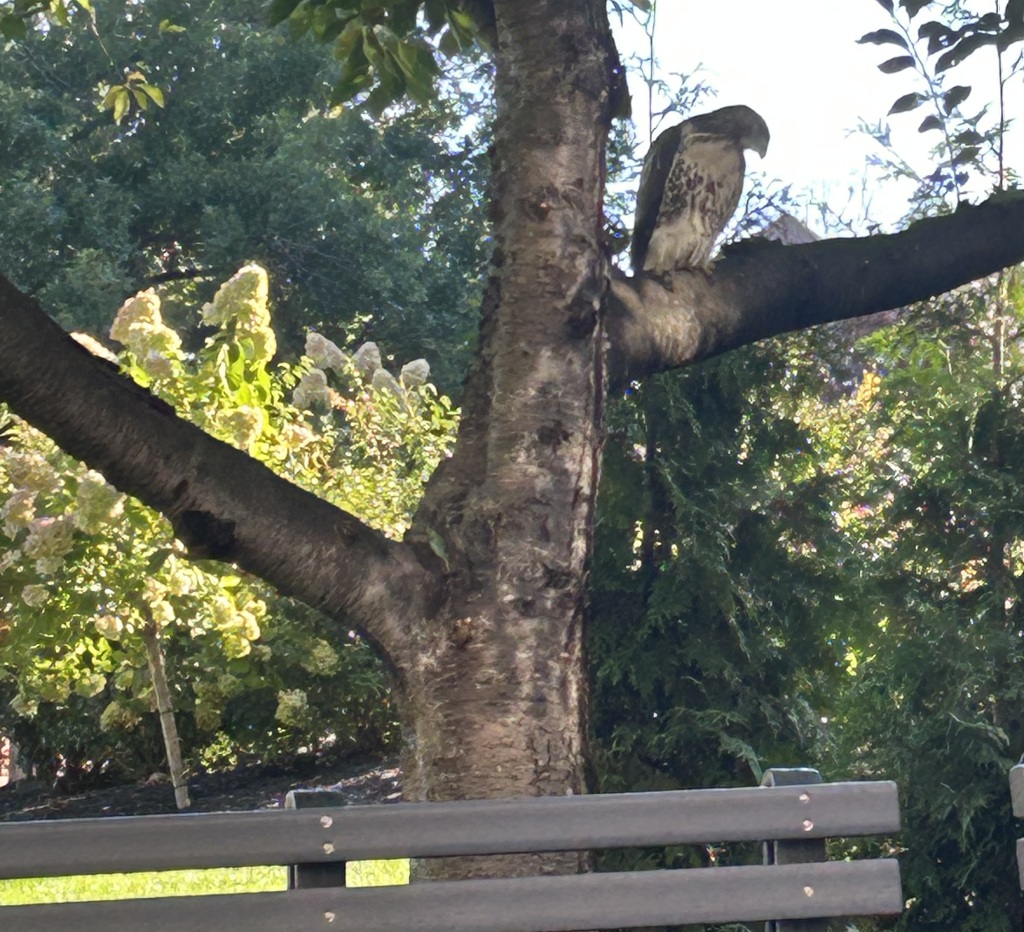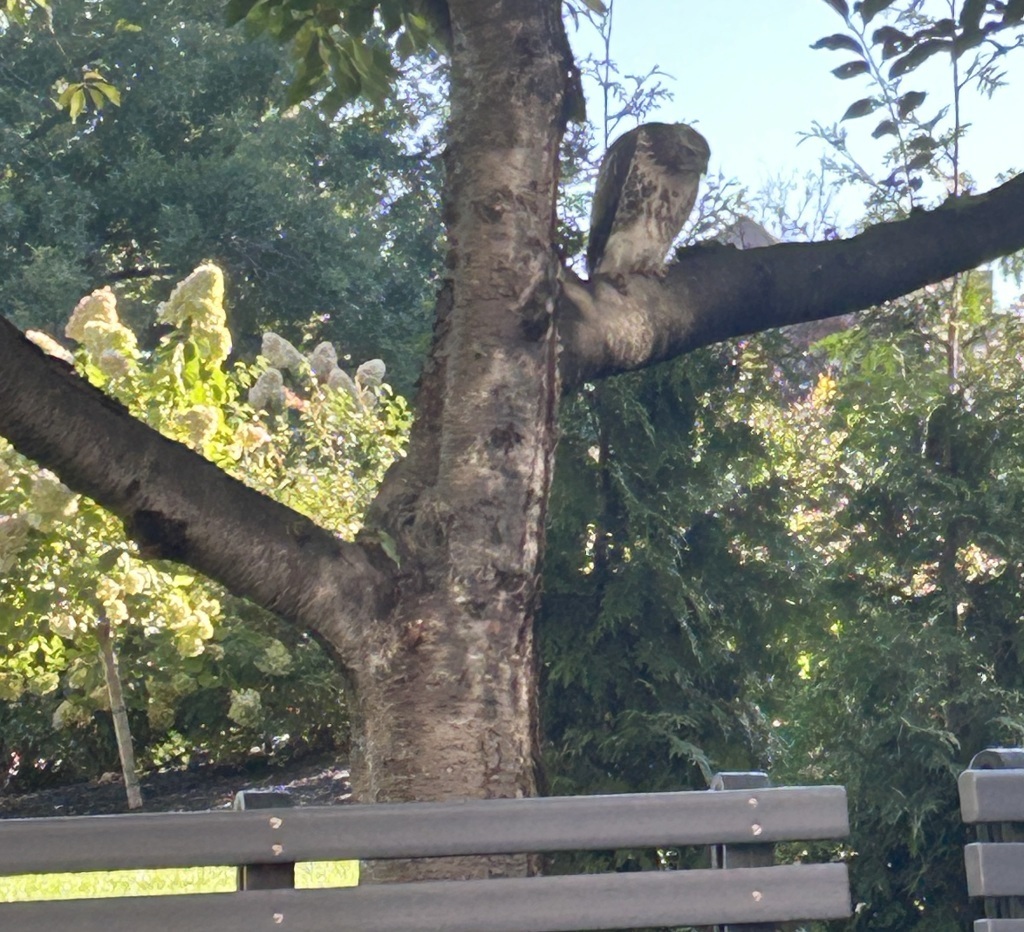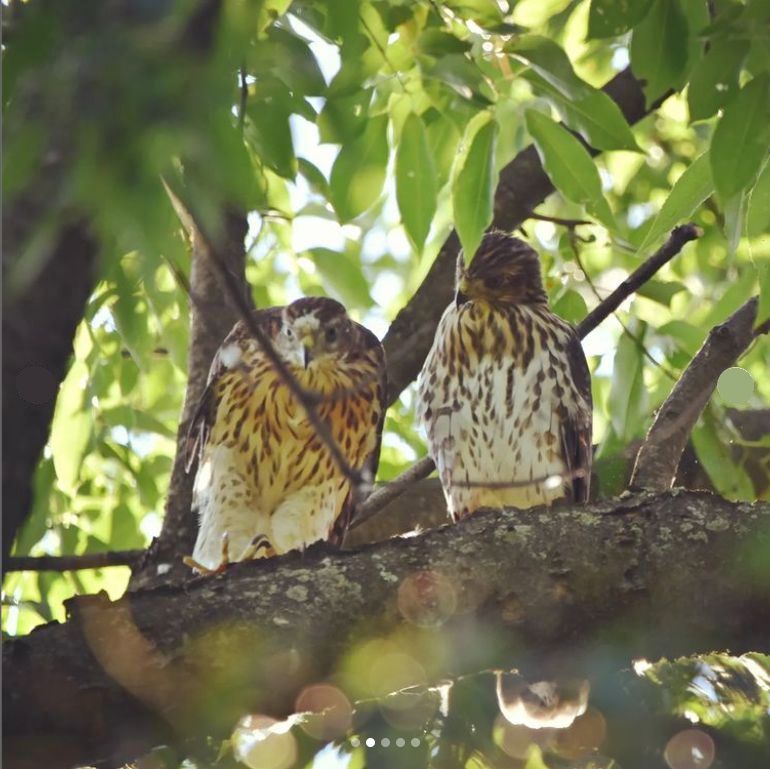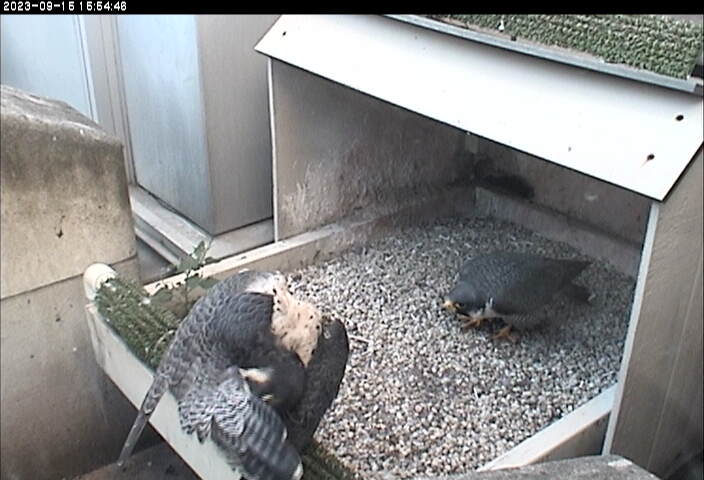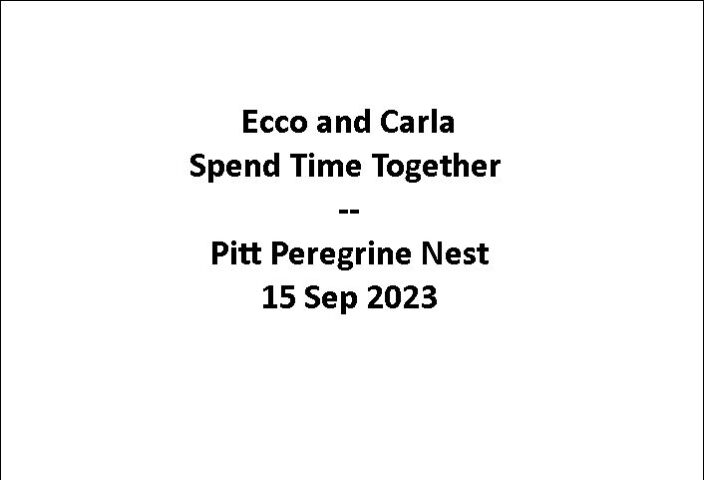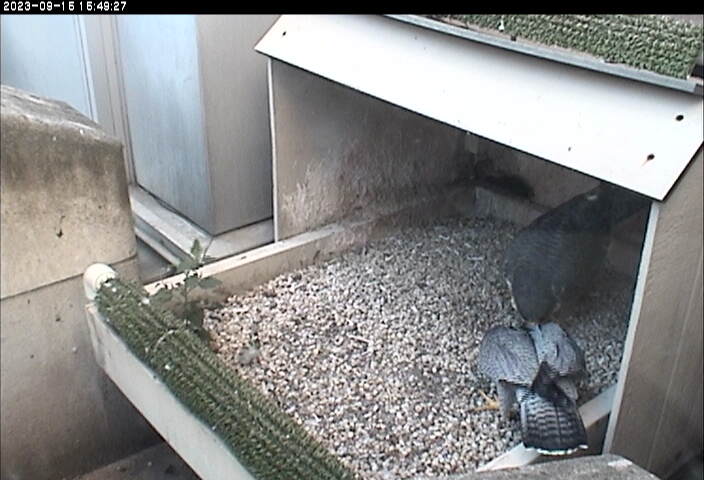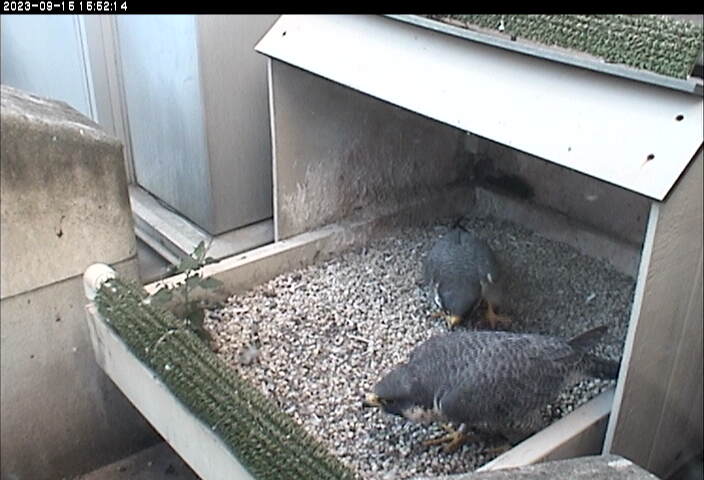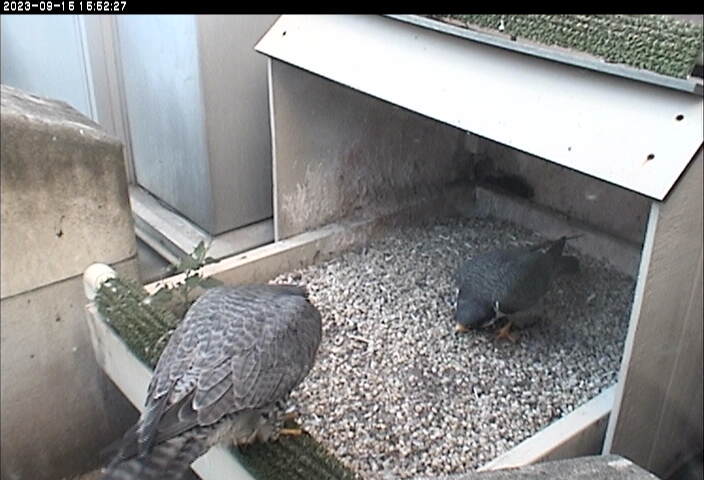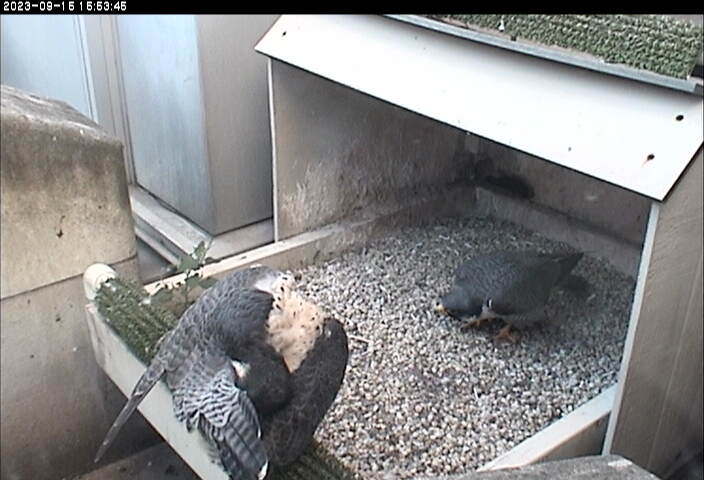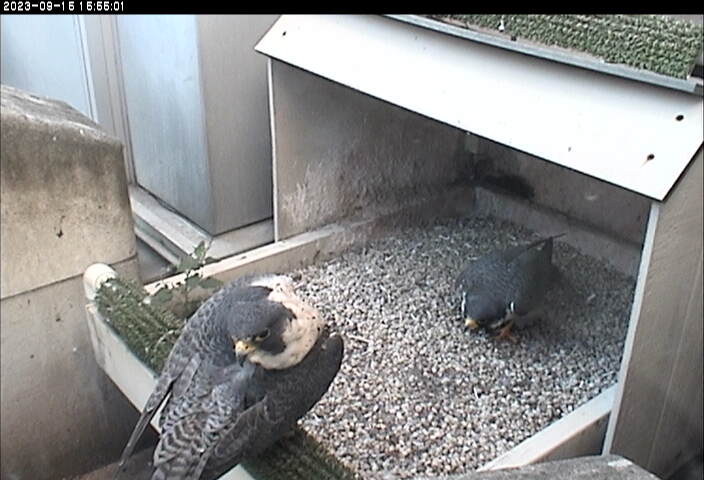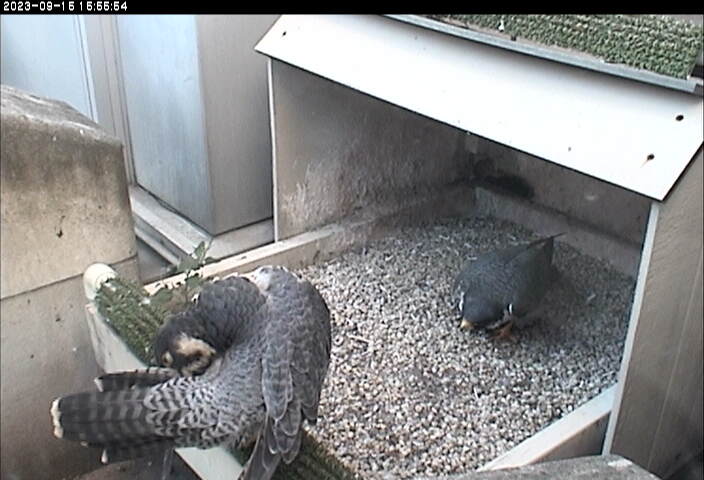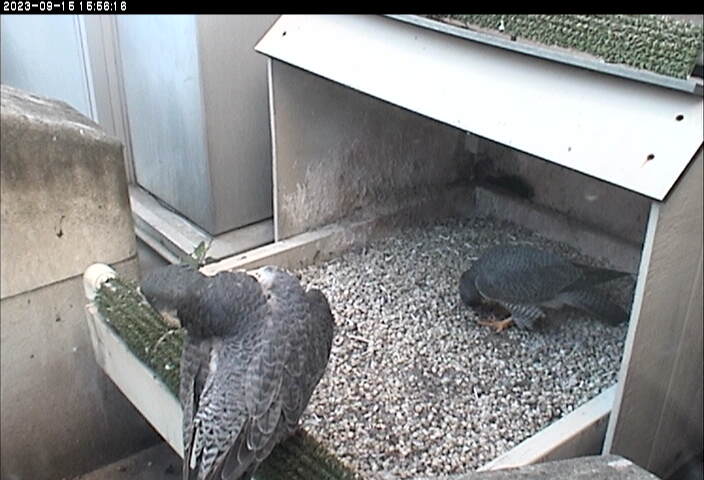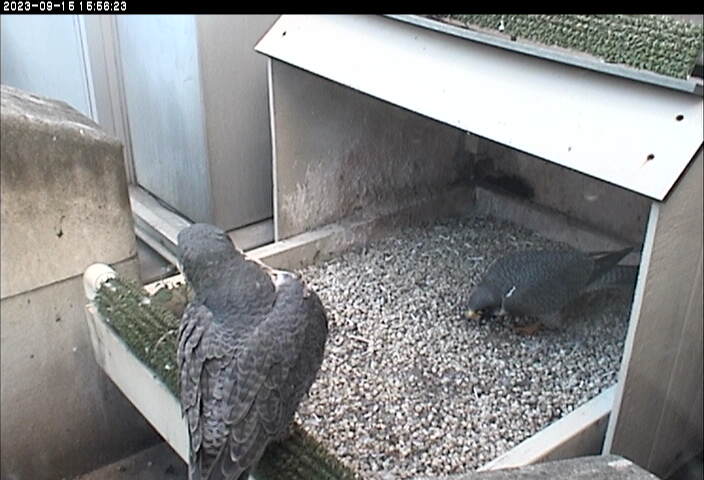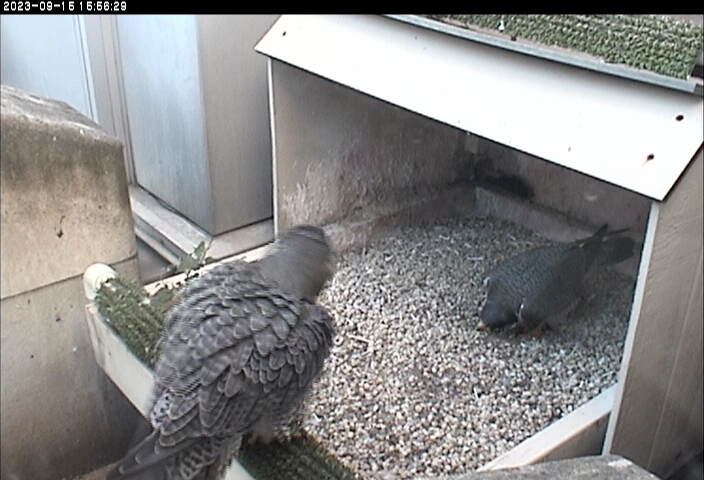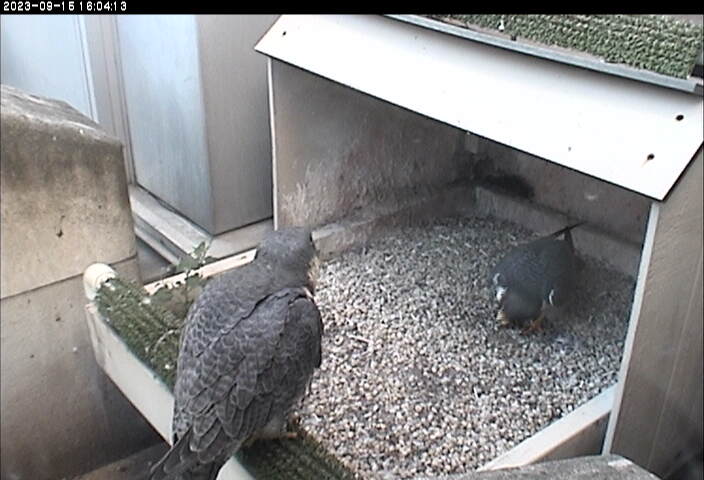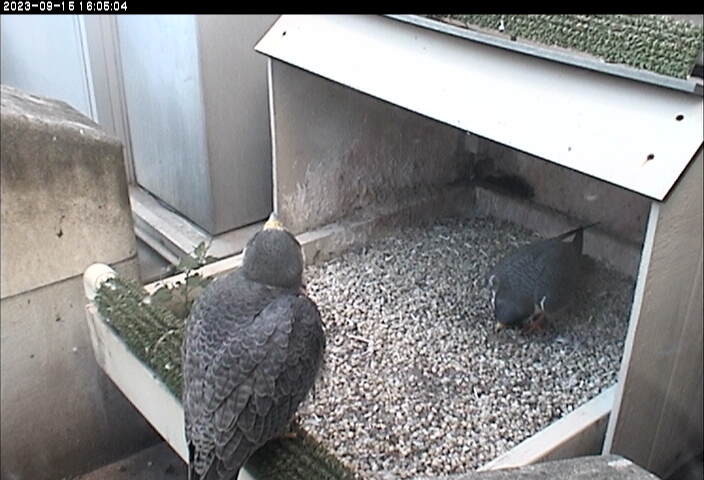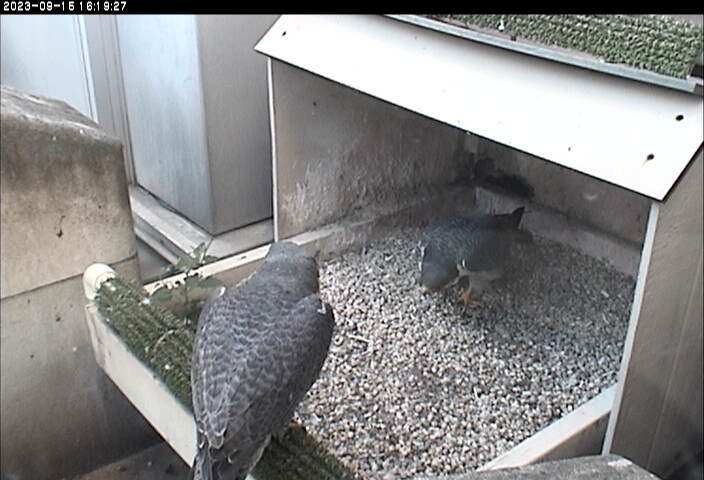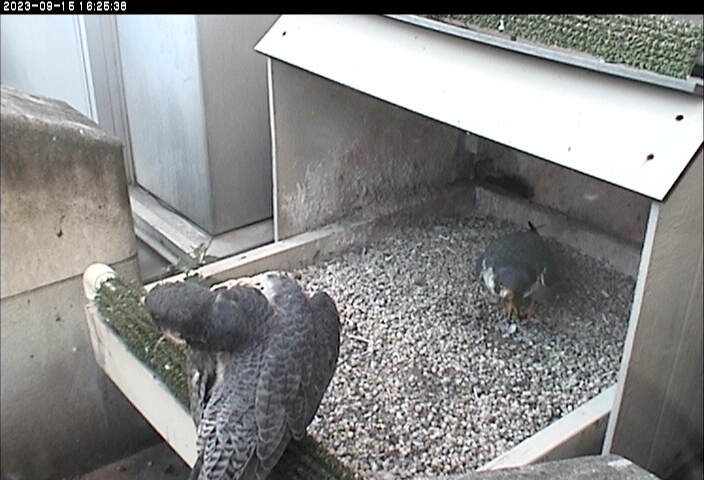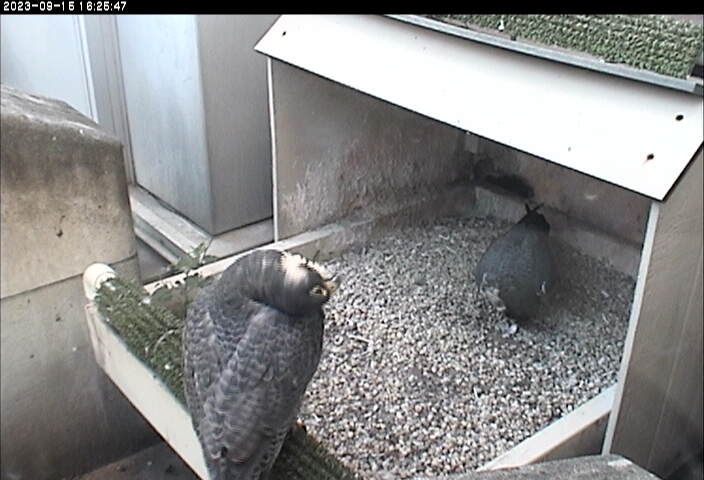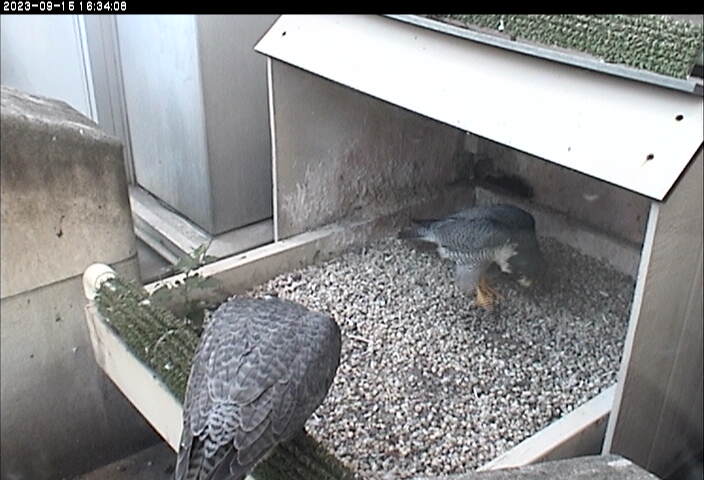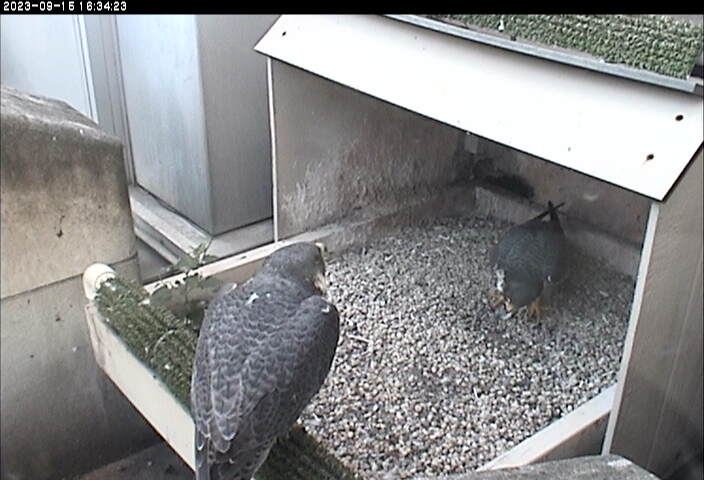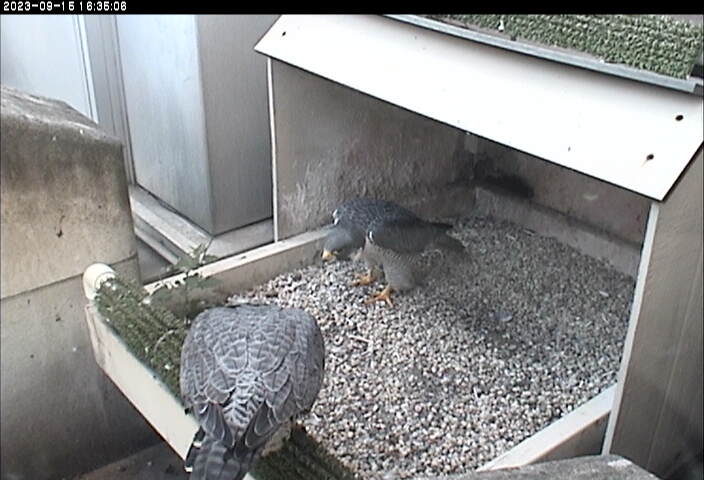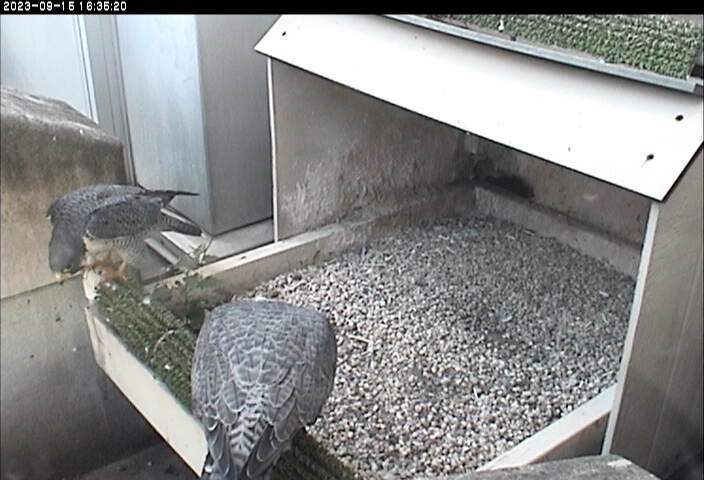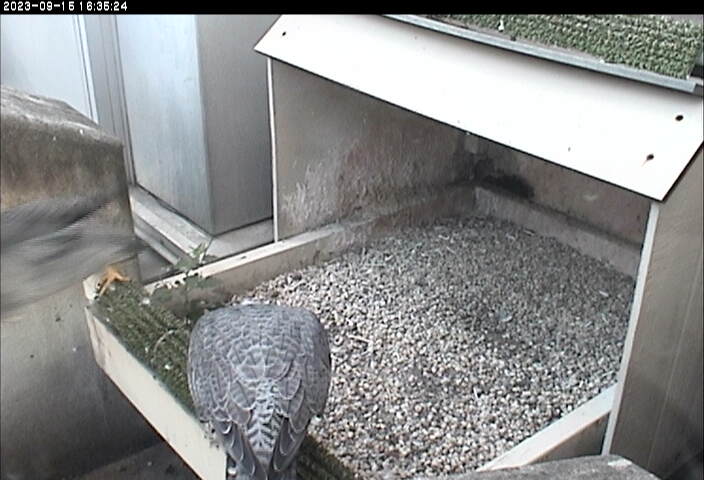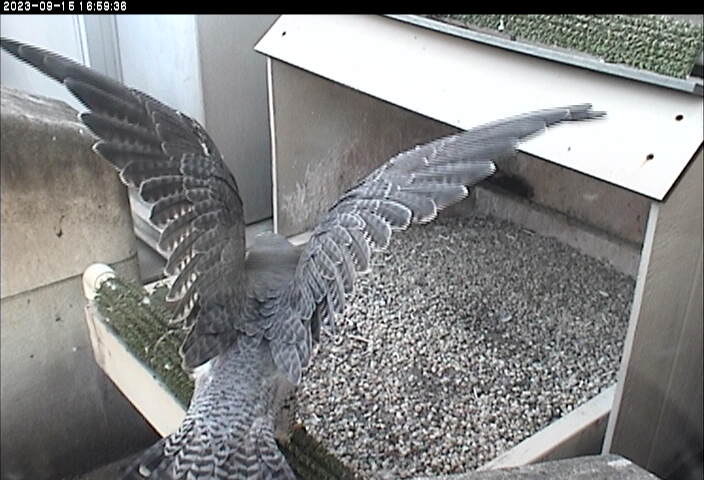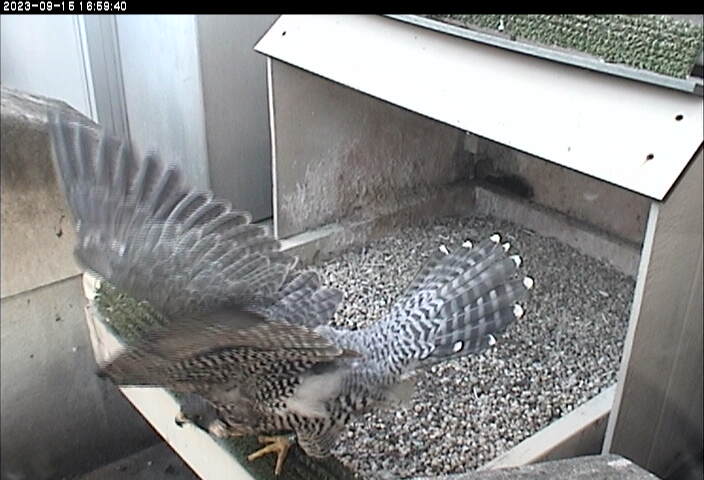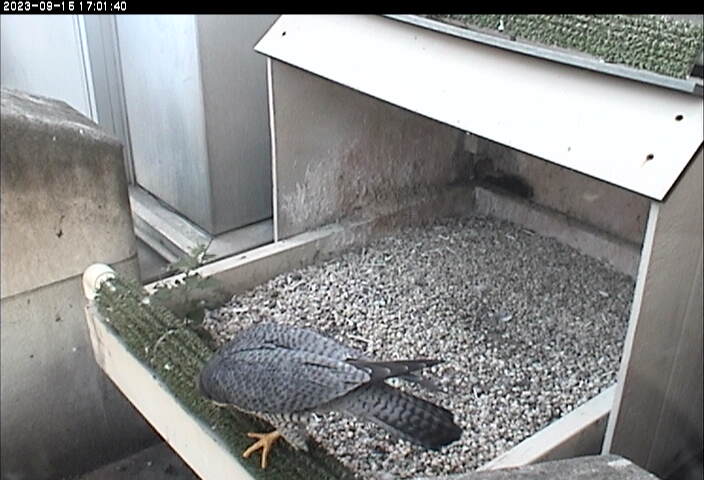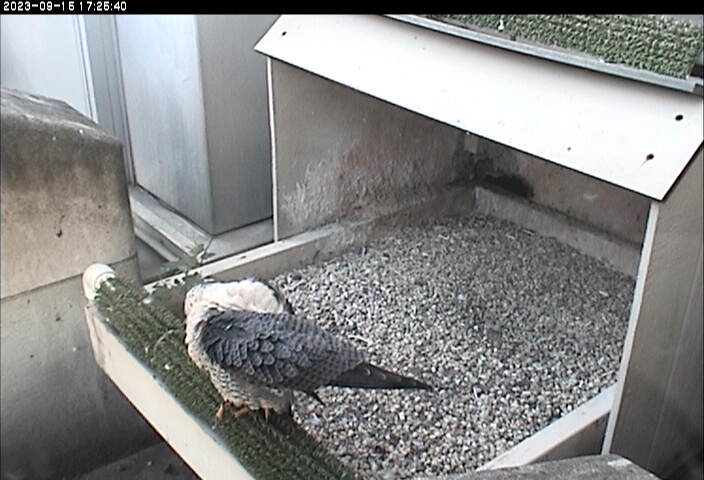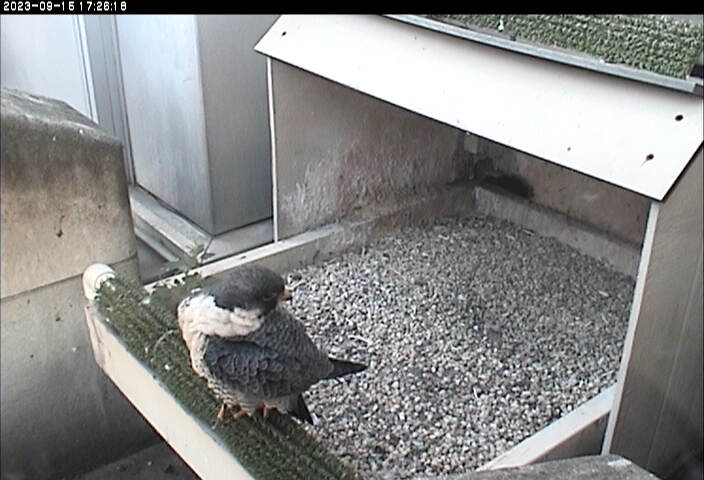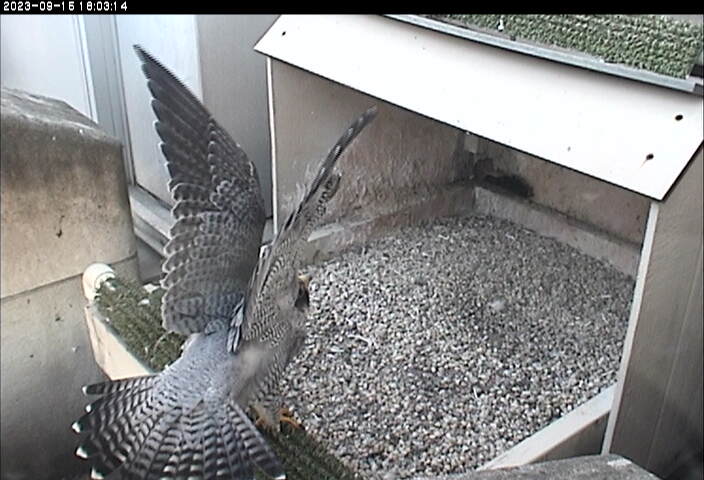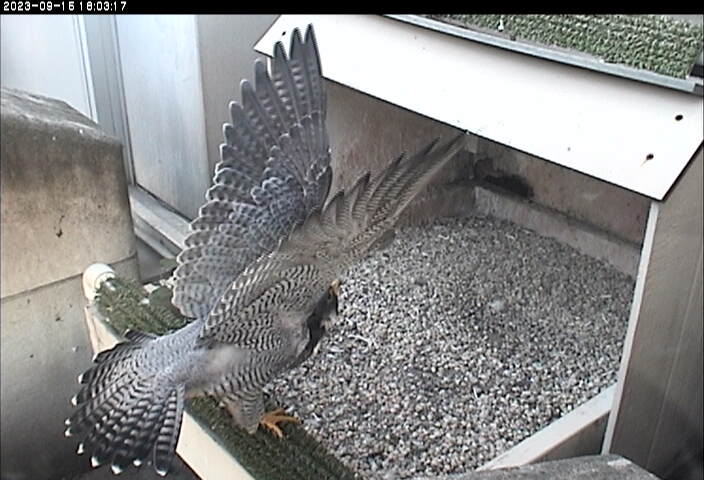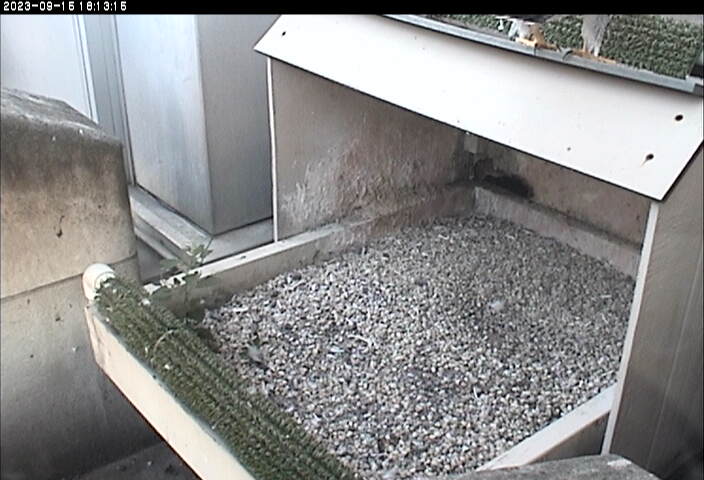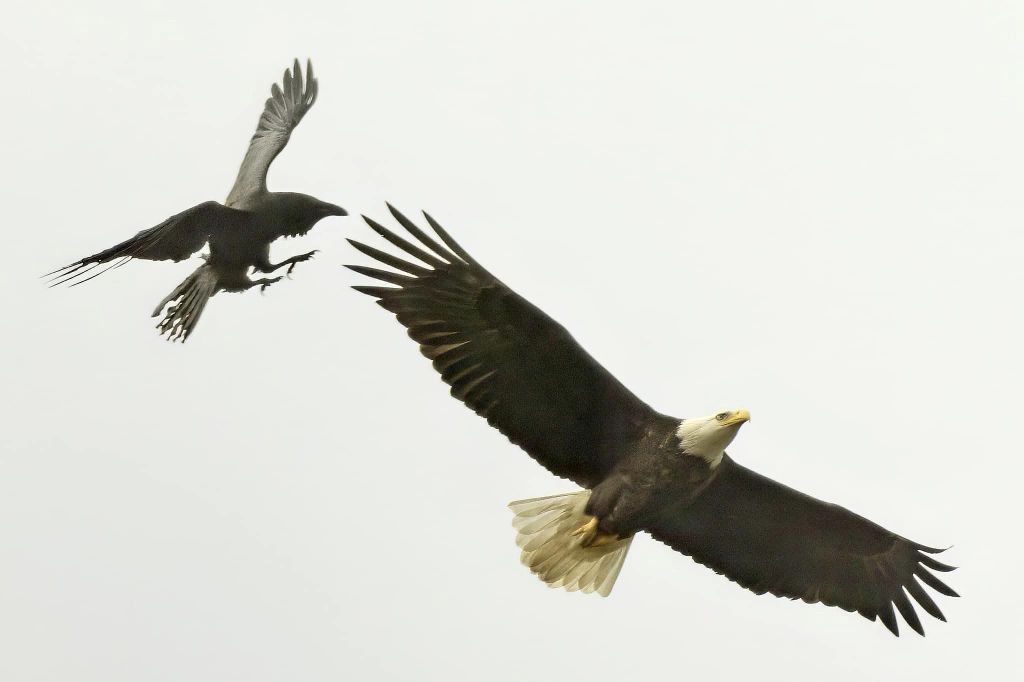
24 October 2023
On 18 October while Jim McCollum was taking photos of the Hays bald eagles a raven showed up and began to harass the new male eagle, nicknamed “V.”
10/18 – The new fella went for a fly about and got jumped by a Raven. The Raven chased him all over the sky. This guy needs to work on his fighting skills.
— Jim McCollum -> 40 Acres a.k.a. Hays Woods Enthusiasts
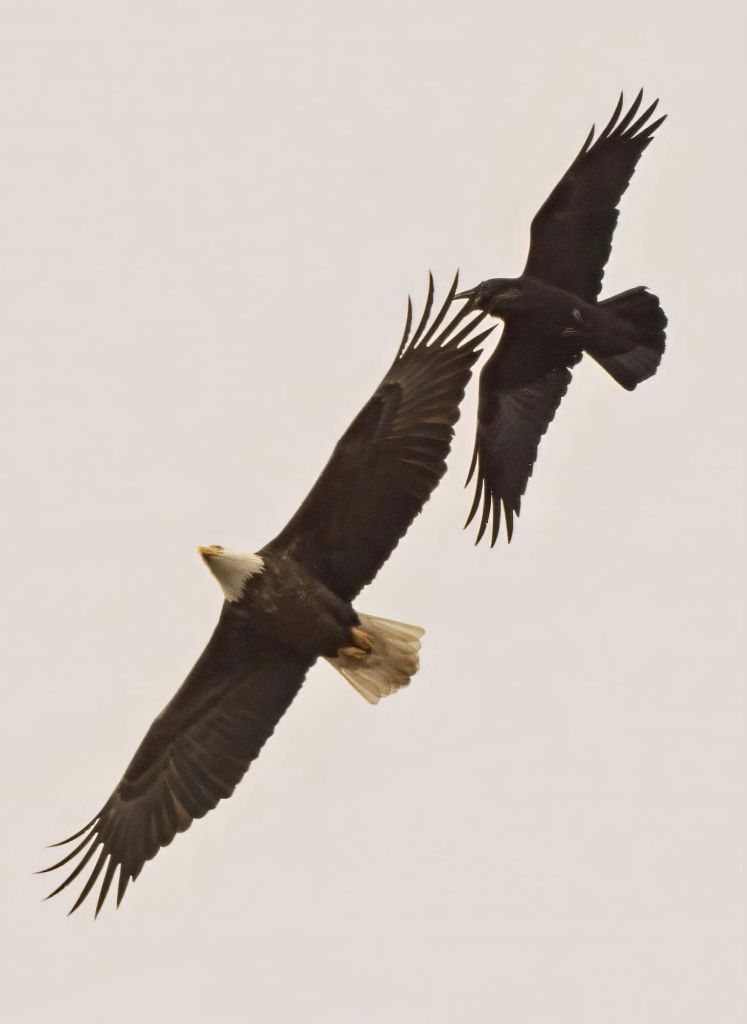
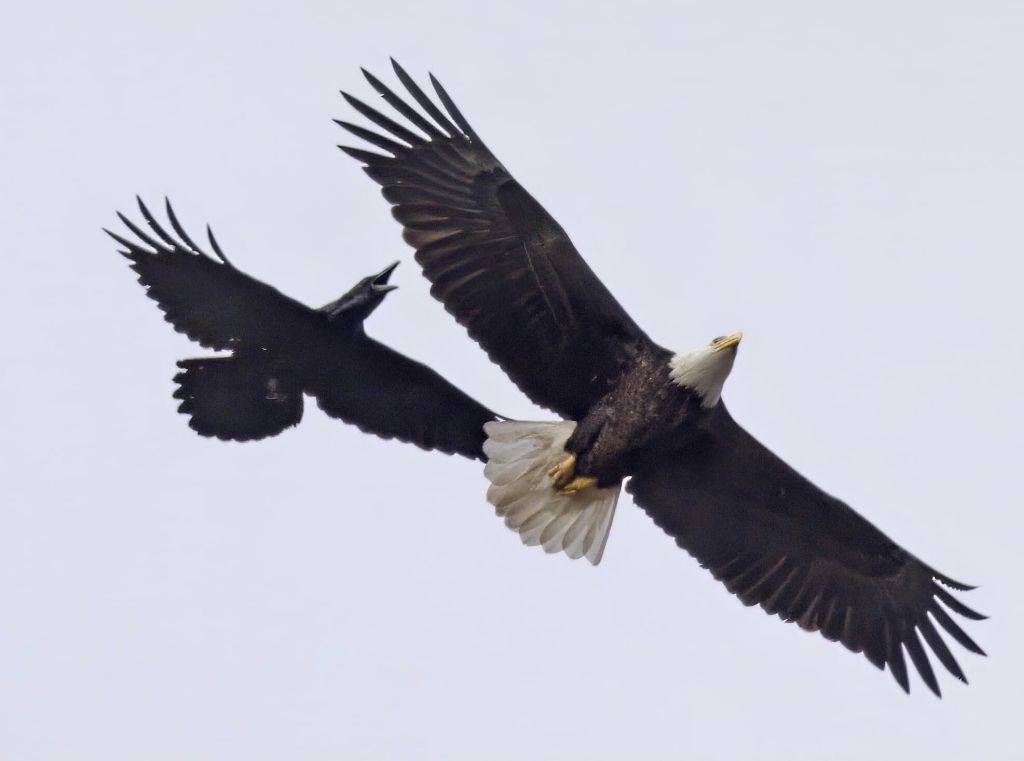
Jim’s photos were shared to the 40 Acres a.k.a. Hays Woods Enthusiasts Facebook group where Dave Dutzik remembered a story about crows that piqued my interest.
A little tidbit I read recently. Crows will lite on eagles backs and peck at their necks. The eagles don’t fight back just soar higher and higher until for lack of oxygen the crow passes out and falls off the eagles back. I’m not sure about the validity but it’s a good story!
— Comment by Dave Dutzik at 40 acres Facebook group
Is it a true story? Let’s look into it.
At what altitude does lack of oxygen affect birds?
Birds are the champions of high altitude and can breed and exercise (fly) at altitudes that kill humans. Some species are so well adapted to high altitude that they fly as high as a jet, over the Himalayas where humans die without supplemental oxygen. Even our North American songbirds fly high …
Migrating birds in the Caribbean(*) are mostly observed around 10,000 feet, although some are found half and some twice that high. Generally long-distance migrants seem to start out at about 5,000 feet and then progressively climb to around 20,000 feet.
— Stanford Birds: How fast and high can birds fly
(*) Migrating birds in the Caribbean = warblers!
Is lack of oxygen the reason why the crow leaves the eagle? No. The crow leaves because the eagle is no longer a threat or because the crow is tired.
How high can a crow, a raven and a bald eagle fly?
- American crows (Corvus brachyrhynchos) don’t soar. Since they flap everywhere they go, it is energy intensive to climb in the sky so a typical American crow will rarely fly at altitudes above 500m (1,500 ft).
- Bald eagles (Haliaeetus leucocephalus) soar and can reach 3,000 m (10,000 ft) on a thermal.
- Common ravens (Corvus corax) soar and have been recorded at altitudes as high as 6,350 m (20,600 ft) on Mount Everest!
So the better question is: How high can a raven fly? Can a bald eagle follow him?
For more information see High-altitude champions: birds that live and migrate at altitude and this vintage article.
(photos by Jim McCollum)

